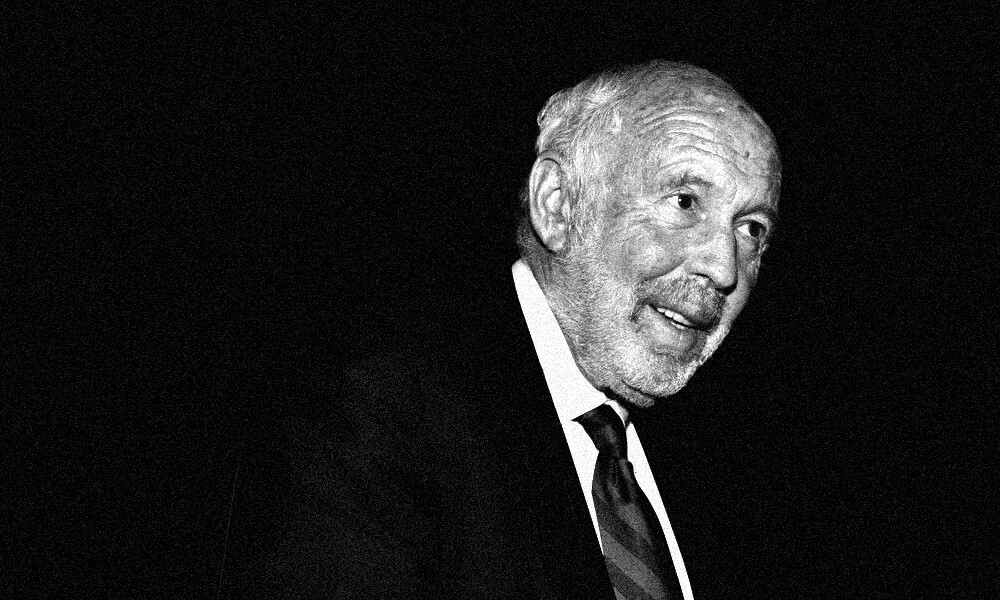Mathematician and hedge fund titan Jim Simons, 80, did not receive a perfect score on the math section of his SATs. He scored 750 out of 800.
Simons spoke Thursday evening at the Institute for Advanced Study’s inaugural Einstein gala in Manhattan, where he received the IAS’s highest honor for philanthropy.
Like Albert Einstein — one of IAS’s first faculty members — Simons does not wear socks. They take too long to put on, he noted.
Carlyle Group co-founder David Rubenstein briefly interviewed Simons after presenting him with an engraved ashtray to mark the occasion. Much of their discussion focused on Simons’ pre-finance life as an academic and professor. In scholarly circles, Simons is more famous for the Chern-Simons form, a mathematical theory developed with Shiin-Shen Chern that’s been widely applied in physics.
Simons earned his PhD at the University of California, Berkeley, and went on to chair the math department at the State University of New York at Stony Brook. Rubenstein asked Simons if he’d felt math professors were underpaid, and if that drove him to the more lucrative shores of finance.
“I didn’t think mathematics was underpaid,” Simons replied. “After all, I was department chair, and people always wanted more. And I’d say, ‘You’re not underpaid.’” After much audience laughter he added, “But I did like money.”
[II Deep Dive: What Billy Beane and Jim Simons Have in Common]
He officially founded Renaissance Technologies in 1982, but didn’t apply his mathematic prowess to trading right away.
Initially, the company was a fundamental investor. “Then it occurred to me that maybe price series were not random, completely,” said Simons who, with his wife Marilyn, is a major donor to the basic sciences. “There should be some ways to exploit the non-randomness. And we studied the question. I hired scientists, and started to come up with systems that seemed to beat fundamental trading, and gradually after many years, we are 100 percent systematic.”
Renaissance Technologies has been enormously successful, Rubenstein noted. If someone had invested with the quantitative hedge fund firm in 1988, he asked Simons, what would the annualized rate of return be today?
The founder demurred. “I don’t want to say. A lot.”
As Simons’ hedge fund fortune grew, he and his wife became active philanthropists via their own foundation. The Institute for Advanced Study recognized Simons “for his deep awareness of the essential relevance of basic research,” calling him one of its most generous patrons.
“How do you compare the relative pleasure of making the money with the relative pleasure of giving it away?” Rubenstein asked, as the interview came to a close.
“Well,” Simons said, “there’s really nothing like making it.”






